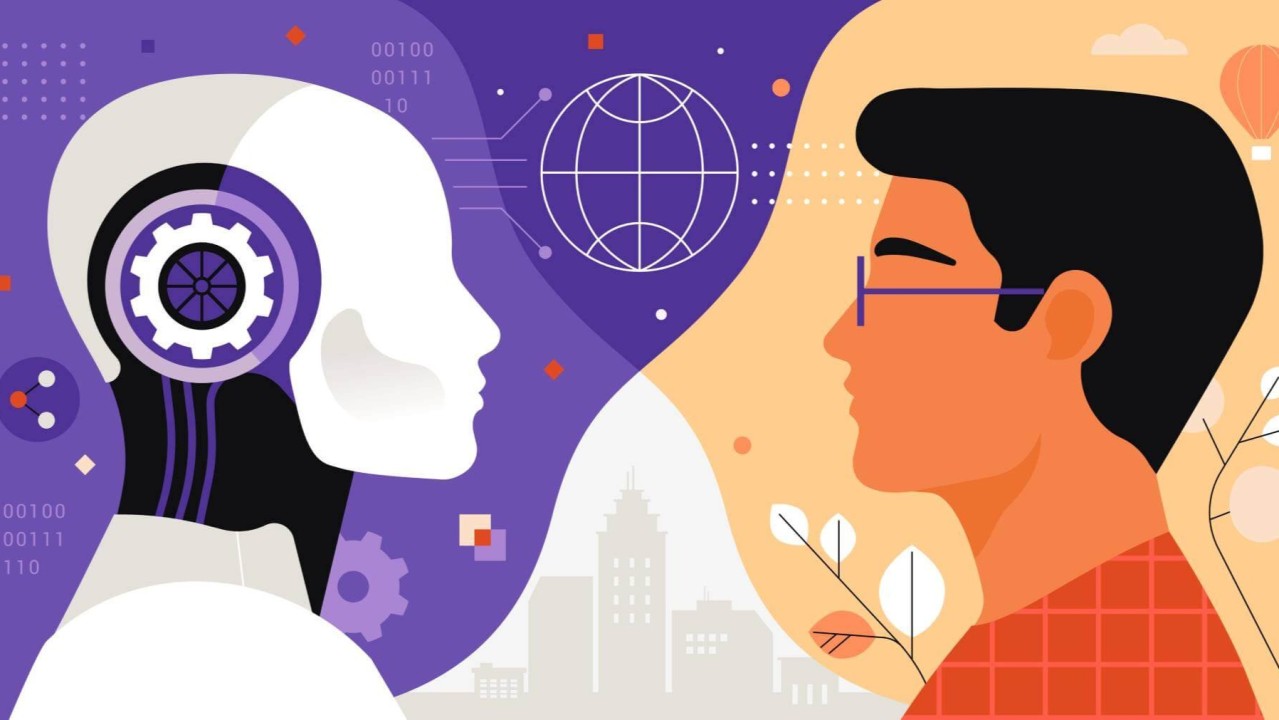When NOT to Use AI: Tasks Still Better Done by Humans

Artificial intelligence is everywhere these days, from powering your phone’s voice assistant to helping businesses make decisions. But while AI is a powerful tool, it’s not the answer to every problem. In fact, there are still plenty of situations where humans outperform machines, thanks to our judgment, empathy, and creativity. If you’re an AI user or implementer, knowing when not to use AI is just as important as knowing when to embrace it. Let’s explore the tasks that remain firmly in the human domain and why they matter.
Understanding AI’s Limits in the Real World
AI has made huge strides in recent years, but it’s far from perfect. While some companies—such as Fortunica Casino—are using AI to enhance their services, there are still many areas where human skills are irreplaceable. Recognising these boundaries can help organisations make smarter decisions about where to invest in technology and where to rely on people.
AI excels at repetitive, data-heavy tasks, but it struggles with nuance, emotion, and the unpredictable. Here are some key limitations to keep in mind:
- Contextual understanding: AI can miss subtle cues in language, culture, or environment.
- Empathy and ethics: Machines can’t truly understand human feelings or moral dilemmas.
- Creativity: While AI can generate content, it often lacks genuine originality.
- Adaptability: Humans can improvise and adapt in ways AI can’t match.
Tasks Where Humans Outperform AI
It’s tempting to automate everything, but some jobs are still best left to people. Understanding these exceptions can save time, money, and even prevent costly mistakes.
Before diving into the list, remember that the best results often come from blending human insight with AI efficiency, rather than choosing one over the other.
- Sensitive customer service: Handling complaints, grief, or complex emotions requires empathy and understanding that AI can’t replicate.
- Creative professions: Artists, writers, designers, and inventors bring unique perspectives and ideas that machines can’t match.
- Ethical decision-making: AI can support, but not replace, human judgment in areas like law, healthcare, and social work.
- Negotiation and mediation: Human intuition and relationship-building are essential in resolving disputes.
- Leadership and team management: Inspiring, motivating, and guiding people is still a fundamentally human skill.
Additionally, in fields such as education and therapy, the human touch is crucial for building trust and fostering genuine connections. These are areas where technology can assist, but not replace, the value of direct human interaction.
Comparing AI and Human Strengths
To help clarify where humans still have the edge, here’s a table comparing key strengths of AI and people across different types of tasks. This overview highlights when to rely on each for the best results.
| Task Type | AI Strengths | Human Strengths |
| Data Analysis | Speed, accuracy | Context, intuition |
| Customer Service | 24/7 availability | Empathy, nuance |
| Creative Work | Pattern recognition | Originality, imagination |
| Decision-Making | Processing large data | Ethics, moral reasoning |
| Crisis Response | Fast alerts | Adaptability, leadership |
As you can see, while AI is great for crunching numbers and handling routine queries, humans shine in areas that require creativity, judgment, and emotional intelligence.
When Using AI Can Backfire
It’s not just about what AI can’t do—it’s also about the risks of using it in the wrong situations. Over-reliance on automation can lead to poor outcomes, especially when human input is needed.
Before considering full automation, be aware of these common pitfalls:
- Loss of personal touch: Automated systems can alienate customers if they feel ignored or misunderstood.
- Ethical blind spots: AI may make decisions without considering fairness or cultural context.
- Unintended consequences: Poorly designed AI can reinforce biases or make mistakes that humans would catch.
- Security risks: Automated systems can be vulnerable to hacking or manipulation.
How to Decide: Human, AI, or Both?
Choosing when to use AI—and when to stick with people—comes down to understanding the strengths and limits of each. The best approach is often a hybrid one, where AI handles routine tasks and humans focus on what they do best.
Here are some practical steps to help you make the right call:
- Assess the task: Is it repetitive and data-driven, or does it require judgment and empathy?
- Consider the stakes: Higher-risk situations usually need human oversight.
- Test and review: Start small, monitor results, and adjust as needed.
- Gather feedback: Ask users and staff how automation is affecting outcomes.
- Stay flexible: Be ready to shift the balance as technology and needs evolve.
Keep Humans in the Loop
AI is a powerful tool, but it’s not a silver bullet. By recognising when to rely on human skills—and when to let machines take over—you can get the best of both worlds. Remember, the future of work isn’t about replacing people, but about using technology to help us do what we do best.
Thinking about automating a process? Take a step back, consider the human factor, and make sure you’re using AI where it truly adds value. Sometimes, the smartest solution is still a human one.
